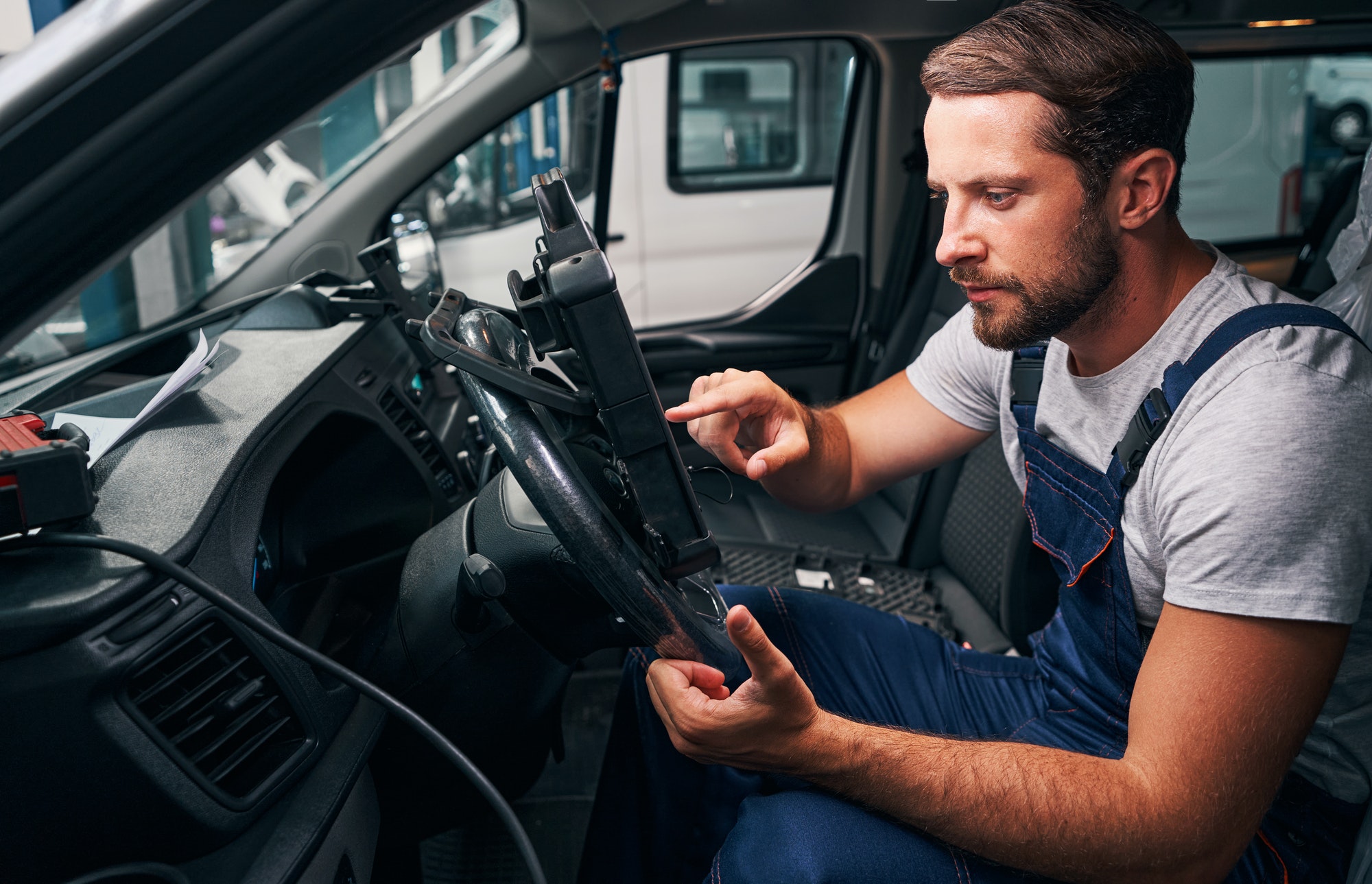When you hear the term Automotive Electronics, what comes to mind? Airbags, a music system that links to your phone, and a steering wheel that is electrically controlled? But there is a lot more technology in that car than you may think. There is a wide range of automotive electronics, from the headlights and LED brake lights to the seat belt alarm. You might be surprised to learn that every module in your automobile is an advanced technological device. Have a thorough understanding of your car and stay up of the newest technologies and fashions. This includes Engine Ignition, Fuel Injection, and Anti-Lock Brakes, as well as Steering Control and Collision Avoidance Systems. Other electronic components in a car include Air Conditioning and Navigation Systems, Safety and Security Alarms, Transmission Controls, and a Music System that is Bluetooth, USB, or WiFi capable.
Automotive Camera
When taking pictures of signs and traffic signals, automotive cameras have an LED flicker mitigation function that eliminates flickering. They are also equipped with an HDR capability capable of a 120 dB broad dynamic range. Images captured by CMOS sensors are used in advanced driver assistance systems (ADAS) and video monitoring systems. Powerful automotive cameras are all that’s needed to run an autonomous car. They include side-view cameras, interior-view cameras, forward-view cameras, rear-view enhancement, as well as corner-viewing cameras, among others.
Advanced Motor Control
Acceleration and deceleration rates may be accurately controlled with digital vector control algorithms. Intelligence Drives Kit includes the newest Analog Devices data converters and a full complement of development software and motor control reference designs. SoCs with dual-core Cortex-A9 CPUs is all programmable. Computers are already used to drive cars. Nevertheless, motor management systems will get increasingly complex. Vehicle computers can sense driving and modify the motor, according to a recent Ford demonstration. For example, if a regular commute takes the vehicle through congested city streets, the automobile understands this and uses less petrol.
Black boxes
Known colloquially as a “black box,” an event data recorder (EDR) is a device fitted in certain cars to capture information about incidents.
Typically, EDR is triggered by an engine malfunction or a rapid change in wheel speed in modern diesel vehicles. Accidents can induce one or more of these diseases. To identify what the cars were doing before, during, and after an accident, this information may be gathered from these devices after the crash has occurred.
Gesture Control
Gestural controls in automobiles are becoming increasingly popular. The time-to-flight sensor, which is incorporated within the instrument, is used to detect movements on the steering wheel. As the hand moves, it detects the motion and converts it into an action that can be done. When the driver wants to change something in the menu, they can swipe up or down and confirm the option with a tap. When the infrared signal arrives at the time-of-flight sensor, it is converted into a 3D image by an open 3D image sensor. Driver gestures are translated into actions based on hand placements.




